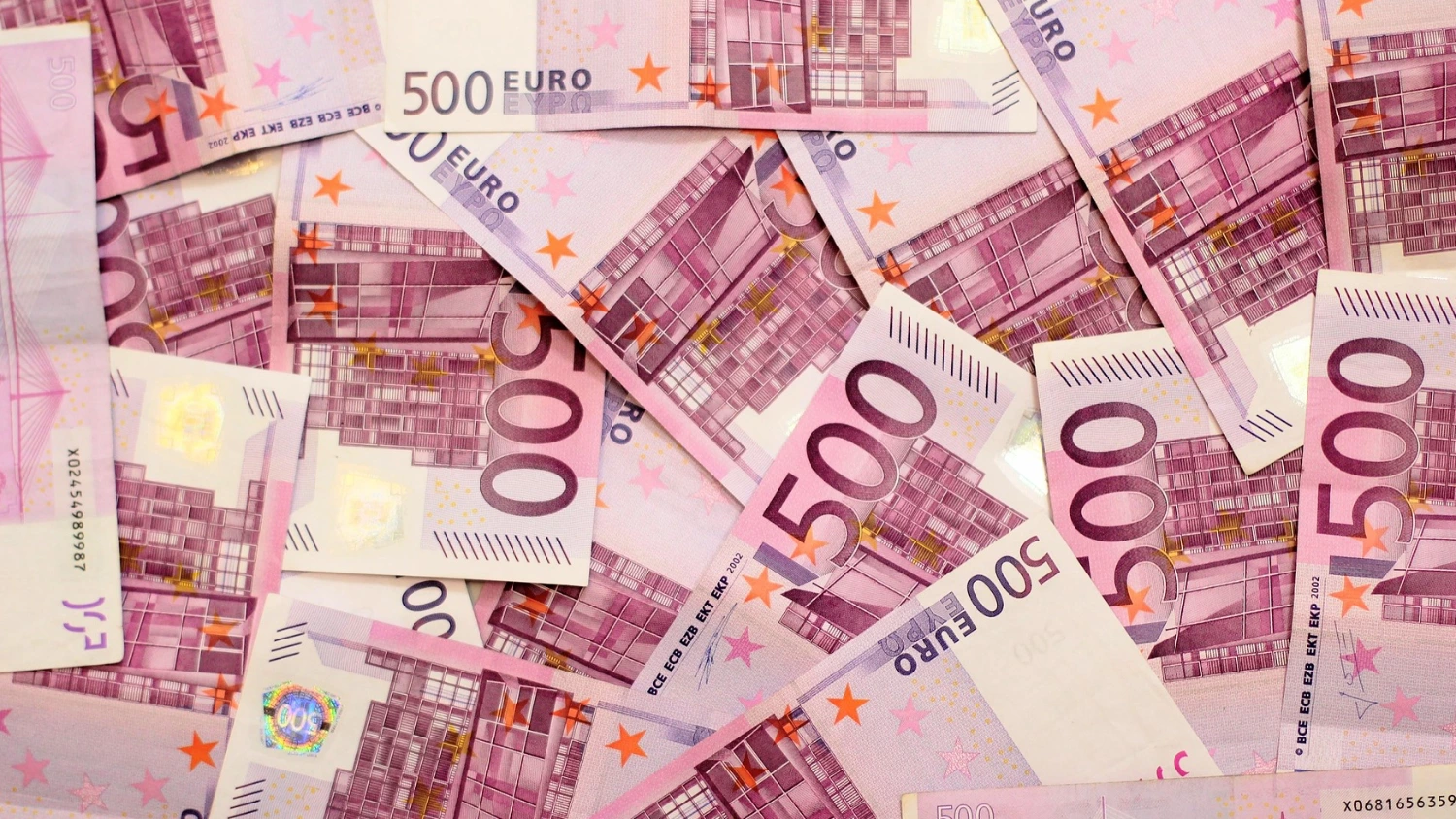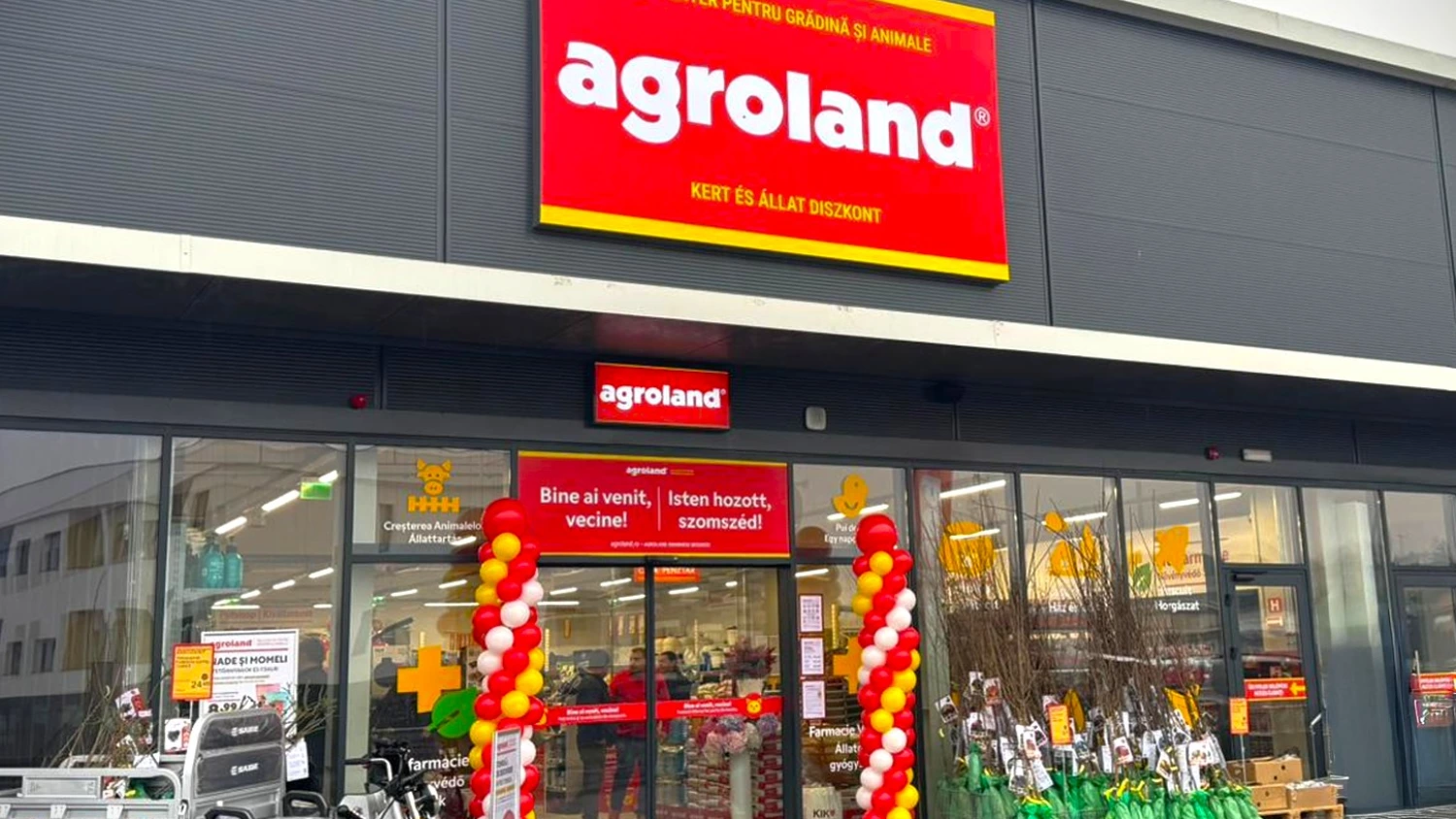According to the research, productivity increased across all five branches of the economy compared to 2008. The most significant growth was seen in the raw materials sector (from €3 to €9 per hour) and knowledge-intensive services (from €9 to €25 per hour).
The raw materials sector remained the least productive, both in comparison to other sectors and when compared to the productivity of these sectors in the region (€45 per hour in the Czech Republic, €17 per hour in Hungary, €13 per hour in Poland).
Knowledge-intensive services have become the most productive sectors in the economy, although they are still below the productivity level of the Czech Republic (€29 per hour) but exceed the one of Poland and Hungary (€17 per hour).
Non-knowledge-intensive services are the second most productive, at €17 per hour, which is close to the productivity levels in Hungary (€18 per hour) and Poland (€16 per hour), but lower than in the Czech Republic (€30 per hour).
Productivity in the manufacturing industry, in both high-tech (€13 per hour) and low-tech sectors (€14 per hour), is the lowest in the region.
“Productivity in Romania, measured as gross value added per hour worked, compared to the EU average, has increased from 26% in 2008 (€7.7 per hour compared to €29.5 per hour) to 44% in 2024 (€20 per hour compared to €46 per hour), with women making a remarkable contribution.
This is partly due to increased productivity in the leading sectors of the economy, which are closer to the knowledge and technology frontier, and partly due to the increased share of these leading sectors in the economy,” according to the research.
The analysis also shows that, over the past 15 years, the structure of the economy across the five branches has changed: the share of knowledge-intensive services has increased from 21% in 2008 to 33% in 2023, mainly due to the decrease in the share of low-tech manufacturing sectors from 18% in 2008 to 9% in 2023. There has been a 2 percentage point increase in knowledge-intensive services, offset by a 3 percentage point decrease in high-tech manufacturing.
The research further shows that in 2023, 43% of the employed population (3.3 million) was female.
This share is similar to that in the Czech Republic and Poland (44%) but lower than in Hungary (47%).
In Romania, although decreasing compared to 2008, a still high proportion of the female employed population (14%) works in the low-tech manufacturing industry, compared to 11% in the Czech Republic and 9% in Hungary and Poland.
The proportion of women in the employed population in this sector is 46%, compared to 24% in Poland, 32% in the Czech Republic and 37% in Hungary.
The author of the study argues that the largest share of women in the employed population is in the most productive sectors, namely 58% in knowledge-intensive services and 48% in non-knowledge-intensive services.
“In the coming years, the likely migration of the female population from non-knowledge-intensive services and from the low-tech manufacturing industry towards higher productivity knowledge-intensive services, following the pattern of countries in the region, will contribute to increased productivity for the entire economy,” the analysis states.











